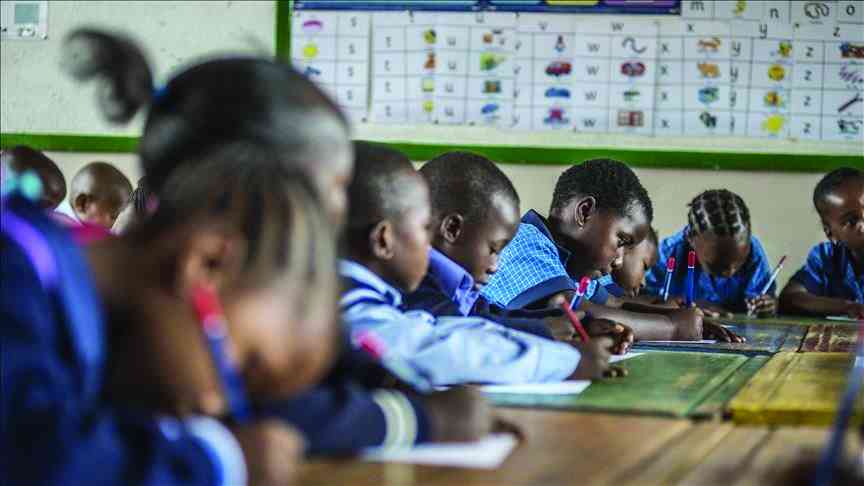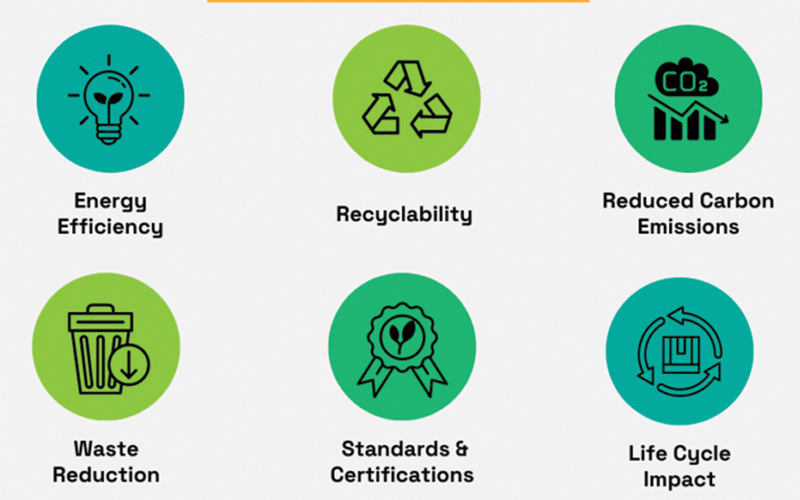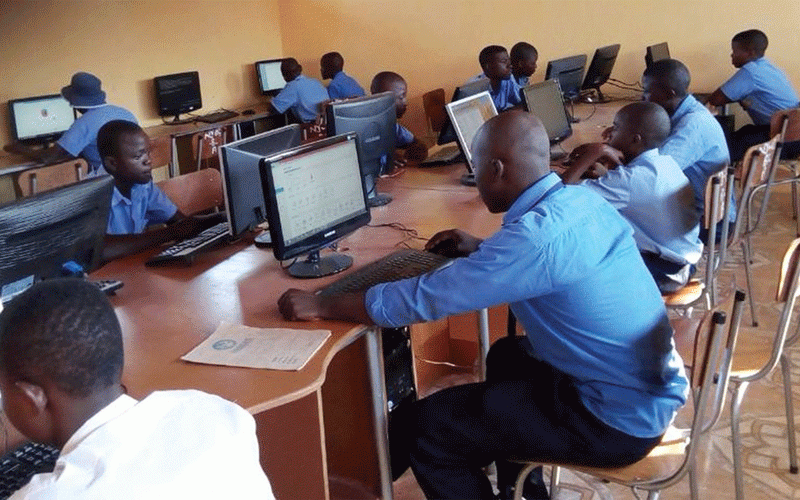
A well-functioning education system is important for developing the skills of the next generation of Zimbabwean workers and entrepreneurs. It facilitates the development of human capital — the productive ability of the economy which depends on human input.
Some researchers have proven that a country's level of education and its adoption of technology, are the most important determinants of the differences in economic growth, between itself and other nations.
It is essential to emphasise that, in this article, schooling refers to basic education. This entails learning which occurs from early childhood development (ECD), up to secondary school.
Zimbabwe generally lacks various social and economic data.
This implies that adequate statistics on the current state of basic education and a full coverage of challenges, are not easy to come by. South Africa is a great example to look at for such data.
Any pronounced differences between the two countries should also be taken note of, so that they do not corrupt or invalidate the use of South Africa as a proxy for Zimbabwe's dynamics.
Between 1994 and 2015, South Africa succeeded in increasing access to basic education. By 2000, gross enrolment in schools, exceeded 100% for primary schooling.
This means even older students, outside of standard primary school age ranges, were enrolled. Enrolment in secondary schools exceeded 70%.
- Zim headed for a political dead heat in 2023
- Record breaker Mpofu revisits difficult upbringing
- Tendo Electronics eyes Africa after TelOne deal
- Love for the ghetto lands Chinese national in soup
Keep Reading
Significant progress in learning was achieved, with notable improvements in reading, mathematics and science, test scores.
Although starting from a very low level, these scores were consistently drawing closer to low benchmarks of learning, set for OECD countries.
To improve the quality of schooling and benchmark its performance against other countries, South Africa began participating in international learning assessments.
This enabled it to compare its learning outcomes against OECD and other upper middle income countries.
Additionally, exclusive national assessments in public schools were implemented annually, from 2010 to 2015.
These helped to show which schools were underperforming nationally, and pressured teachers and school heads to be accountable for the performance of their students.
Despite the brief improvements, South Africa began to encounter serious challenges, particularly from 2016.
The country eventually failed to achieve even the low benchmarks of learning, set for OECD countries.
Between 2016 and 2021, the percentage of Grade 4 learners, who could not properly understand what they were reading, increased from 78% to 81%.
Inequalities in learning, based on race, income and gender, persisted. Learners in the wealthiest 10% of schools were 10 times more likely to be able to read than those in the poorest 70% of schools.
Annual national assessments of student performance were suspended in 2015, creating more uncertainty.
South Africa's government traditionally spends around 4,3% of GDP on basic education.
However, the stagnancy of South Africa's economy means the expenditure is only significant in relative terms, whilst it is actually little, in absolute terms. Total national spending on basic education declined in real terms from US$18,3 billion to US$17,6 billion per year, between 2019 and 2024.
Resultantly, many government schools have had to cut the number of teachers, or spending on other essential items due to lack of funds.
Meanwhile, as a consequence of population growth and immigration, South Africa's public school system is expected to cater for 1,2 million new students by 2030. This will require 20 000 additional classrooms and the hiring of 25 000 new teachers. It will add even more pressure on government resources meant for basic education.
The wage bill accounts for over 75% of the South African government's expenditure on basic education. This leaves very little room for continuous investments in infrastructure to produce excellent educational outcomes.
The huge investment made by the Ministry of Education towards school construction between 2014 to 2024 was characterised by inflated costs. On average, it cost as much as US$119 000 to construct just a single classroom. Construction projects managed at provincial and municipal level were cheaper but remained prohibitively expensive.
They had average costs of US$48 800 for building a single classroom. These costs were noted to be very high by regional standards.
Among teachers, a government-sponsored evaluation has so far observed that "poor teaching, lack of leadership and accountability" are widespread. Lack of consequences for poor performance and wrongdoing were also among significant challenges identified in the system.
It is clear that Zimbabwe shares a significant portion of the same problems as South Africa.
Below, proposals are made on how both countries can capably respond to the limitations, in order to improve educational outcomes.
A strong focus on entry level learning, from ECD, until Grade 3, should be encouraged.
International research evidence shows that, students who have a strong understanding of numbers and are reasonably good readers, from Grade 1 to 4, find it easier to understand harder mathematical and literature problems by the time they reach higher educational levels.
Most of the damage related to learning is done by Grade 4.
Mastering early learning experiences is critical. Success with addressing early learning deficits helps to reduce the number of students who have to repeat grades, or drop out of school.
This can unlock cost savings for government, as there will be more efficient use of public resources when there are fewer repeaters.
In this regard, all stakeholders should understand, commit to, and support early childhood learning. Mechanisms such as structured daily lesson plans, provision of appropriate and high quality educational materials and personal coaching to help teachers improve their instructional practices will be critical. Subsidies with free meals and funds for independent schools will be equally useful.
Due to the limitation of financial resources, the government can collaborate with the private sector, to build more schools. This will enable the private sector to bring funds.
Across the world, 19% and 27% of primary and secondary school enrolments are in private schools.
In South Africa, however, the number is much lower. In other cases, PPP schools are pursued for their exceptional ability to produce excellent educational outcomes, usually better than ordinary government schools.
The US has PPP arrangements in the form of charter schools.
These are government built schools which give management, training and maintenance responsibility to a private sector partner.
Specific accountability standards are agreed upon. Several charter schools target disadvantaged and minority students. Over the years, the schools have gained popularity for high dosage tutoring and higher achievement levels in mathematics and literacy when compared to ordinary government schools.
Continuous professional development through consistent re-training, in order to catch up with the latest tools and mechanisms for effective teaching, will also be necessary.
Since a large portion of the education budget already goes to teaching staff, improving the performance of teachers in public schools can be one of the most efficient ways to ensure better educational outcomes.
Underperforming teachers should be subject to disciplinary or any other requisite corrective procedures.
In order to ensure that consequence-management is implemented effectively, Zimbabwe will need to introduce national assessments which test the capabilities of all students each year.
This may be an expensive endeavour but it will provide valuable details on underperforming schools. Poorly performing schools may then be assigned more government resources, whilst their teachers and management are placed under greater scrutiny by authorities.
Participating in international assessments which compare the state of Zimbabwe's education, against OECD countries will be an added advantage.
The benchmarking will help to show how Zimbabwean students fair against international peers, and to set more significant objectives for the local education sector.
The country's economy will need to grow, in order for the government to afford assigning more financial resources towards basic education.
On the other hand, corruption and wasteful expenditure in education will have to both be thwarted and pre-empted. Ghost workers, prohibitively priced construction projects and outright fraud will need to be detected in a precise way and addressed.
Maintaining an integrated national database with updated information pertaining to the education sector in all provinces will prove useful.
Opening this database to the public will also make it easier for outsiders to understand the state of the sector, its challenges and to propose resourceful ways to tackle them.
- Tutani is a political economy analyst. — [email protected]











